I’ve always had a sweet spot for trick-taking games. It probably started with endless rounds of Hearts with my grandparents during summer vacations, where my grandmother routinely destroyed us all while maintaining her innocent smile. But The Crew: Mission Deep Sea has taken my appreciation to another level entirely. After 94 logged plays (yes, I keep track—my wife Linda finds this somewhere between amusing and concerning), I’m convinced it’s the most elegant design in the genre.
The cooperative twist fundamentally changes the trick-taking dynamic in ways that still surprise me, even after dozens of missions. In traditional trick-taking games, you’re primarily focused on your own hand. In The Crew, you’re constantly thinking about everyone else’s potential cards and how to choreograph the perfect sequence of tricks across the entire team.
My regular gaming group initially struggled with the transition. Jeff, who’s a shark at traditional trick-taking games, kept trying to win every trick he could out of pure muscle memory. “It’s not about winning tricks,” I kept reminding him. “It’s about winning the right tricks.” By mission 15, he’d finally rewired his brain for cooperative play, and our success rate jumped dramatically.
The core insight that transformed our play was realizing that hand management in The Crew isn’t just about your current trick—it’s about planning a sequence of tricks that might span the entire round. I’ve developed what I call the “Four-Horizon Planning” approach that has taken our crew from frustrating failures to consistent success on even the toughest missions.
The first horizon is the current trick. This is obvious—what card should you play right now? But unlike traditional trick-taking games where you might play conservatively to avoid taking a trick with points, here you’re thinking: “Does anyone need to win this specific trick?” If so, how do we ensure they win it?
I still remember the breakthrough moment when this clicked for our group. We were on mission 23, and Tony needed to take a trick containing the pink 7. He led with a yellow card, and around the table, we all played our lowest yellows, allowing him to win with a modest yellow 6. It wasn’t about playing our best strategy for that isolated trick—it was about ensuring Tony got exactly what he needed.
The second horizon is setting up the next trick. This is where The Crew starts differentiating skilled players from novices. You’re not just playing to the current trick but considering how your play impacts the next one. Sometimes the right move is deliberately losing a trick to retain control for the following one.
A perfect example happened in our game last week. I had the green 9 as a task card, but Alex had the green rocket (the highest green card). Rather than lamenting my bad luck, I recognized an opportunity. When Alex led with a blue card, I deliberately played a high blue to win the trick, which allowed me to lead the next trick with a green card that Alex couldn’t trump. By thinking one trick ahead, what seemed like an impossible task became straightforward.
The third horizon is mid-round positioning. This is about maneuvering the team into advantageous positions for the latter half of the round. Who should be left with the lead for trick 5? Who needs to be void in a particular suit by trick 4? These considerations might influence plays made in tricks 1 and 2.
In one particularly complex mission, we needed Kevin to take the pink 1 in the final trick. Early in the round, I deliberately played my high pink cards to ensure he’d have the only remaining pink card by the end. This required coordinated play from the entire team across multiple tricks—I’d call it a beautiful dance if that didn’t sound so pretentious, but honestly, that’s what it felt like.
The fourth horizon is complete round planning. Before a single card is played, look at the task distribution and envision the entire sequence of the round. Who needs to win early, and who needs to conserve certain cards for later? Sometimes the mission is impossible without a very specific sequence of tricks, and identifying that path before you start is crucial.
Our most satisfying victory came on mission 41, where we spent nearly five minutes in silent communication planning before anyone played a card. The mission seemed impossible at first glance, but by mapping out the entire round—who would lead which tricks with which suits—we found a narrow path to victory. Executing that plan perfectly, trick by trick, created a gaming moment I still think about months later.
Now, let’s talk about some specific hand management techniques that support these planning horizons:
Suit stripping is perhaps the most powerful technique in The Crew. By deliberately depleting a player of a particular suit, you can ensure they’ll be able to play trumps (or be forced to play trumps) at critical moments. I’ve found this especially useful for tasks requiring specific cards to be played together.
In a recent game, Linda needed to take the blue 3, but she had several blue cards higher than the 3. The solution? Alex and I systematically led high blue cards in early tricks, forcing her to play her higher blues. By the time I led the blue 3, she had the only remaining blue card—exactly the 4 she needed to capture it.
Trump management is equally critical. Unlike traditional trick-taking games where saving trumps for the end is often optimal, The Crew requires strategic use throughout the round. Sometimes burning your high trumps early is necessary to position the team correctly for later tricks.
I’ve noticed that inexperienced players tend to hoard their rocket cards (the highest trump in each suit), saving them for some imagined critical moment. But often, using a rocket early creates more opportunities than saving it. In mission 33, I deliberately played my pink rocket on the first trick to win the lead, allowing me to systematically lead suits that would help my teammates fulfill their tasks. Had I saved that rocket, our entire sequence would have been disrupted.
Communication timing is another crucial aspect of hand management. The limited communication in The Crew means you must extract maximum value from each opportunity. I’ve found that early communication about extreme cards (highest or lowest in a suit) provides the most actionable information for planning.
Our group has developed an informal understanding about communication: if someone uses their communication token in the first trick, the information is probably crucial for the entire round’s strategy. If they wait until mid-round, it’s likely relevant to a specific upcoming sequence. This meta-strategy has improved our coordination without breaking the game’s communication rules.
Lead management—controlling who has the lead at key moments—is perhaps the most sophisticated aspect of The Crew’s hand management. Sometimes ensuring a specific player wins trick 3 is essential not because they need that trick, but because they need to lead trick 4 for another player’s task to be completed.
In one memorable game, we needed to ensure Tony won a trick containing the green 4, but he had no green cards. The solution? I needed to have the lead at precisely the right moment when everyone else had played their green cards, allowing me to lead a suit Tony could trump. This required careful planning across multiple tricks to ensure I had the lead at exactly the right moment.
Card counting, a skill useful in many card games, takes on new importance in The Crew. Since you’re working together, tracking which cards have been played in each suit helps make informed decisions about when to use high cards versus when a lower card will suffice.
My friend Marcus has an uncanny memory for cards and often serves as our informal tracker. “There are two pinks higher than yours still out there,” he’ll mention casually, helping us avoid wasting high cards unnecessarily. Not everyone has this natural ability, but practicing basic tracking of key cards dramatically improves decision-making.
Let’s talk about a common mistake that undermines these strategies: premature trump usage. Playing trumps when unnecessary often destroys carefully laid plans. I’ve seen countless missions fail because someone trumped a trick “just to be safe” when their teammate actually needed to win it.
In our very first campaign, we failed mission 12 three times due to exactly this issue. Jeff kept trumping tricks to “help” when we didn’t need him to, disrupting our carefully planned sequence. The breakthrough came when he finally asked, “Should I assume you can handle your own tasks unless I hear otherwise?” That simple shift in mindset—trusting teammates to manage their own requirements—transformed our play.
Another critical error is failing to consider the implications of the task distribution. Before playing a single card, analyze who has which tasks. If someone needs to take three specific tricks, they’ll need the lead multiple times. If someone needs to take cards of the same color, they’ll likely need trumps or high cards in that suit.
In our most recent campaign, we implemented a pre-game ritual where we take 30 seconds just to study the task distribution before anyone touches their cards. This simple practice has prevented countless mistakes that come from focusing too narrowly on individual hands.
The beauty of The Crew lies in how it transforms the familiar trick-taking mechanism into a complex coordination puzzle. Each card play is a communication, each trick a step in an intricate dance. When it all comes together—when the team executes a perfect sequence where each player takes exactly the tricks they need in exactly the right order—it creates a gaming satisfaction that few other games can match.
After nearly a hundred missions, I’m still discovering new nuances to hand management in The Crew. Each new mission presents unique challenges that force us to adapt our strategies, preventing the game from ever feeling solved or routine. That’s the mark of truly exceptional design.
So next time you’re diving into the deep sea with your crew, remember: you’re not just playing cards—you’re orchestrating a sequence. Think beyond the current trick, coordinate your plays, and trust your teammates. The mission may seem impossible at first glance, but with proper hand management and forward planning, even the most daunting depths can be conquered.

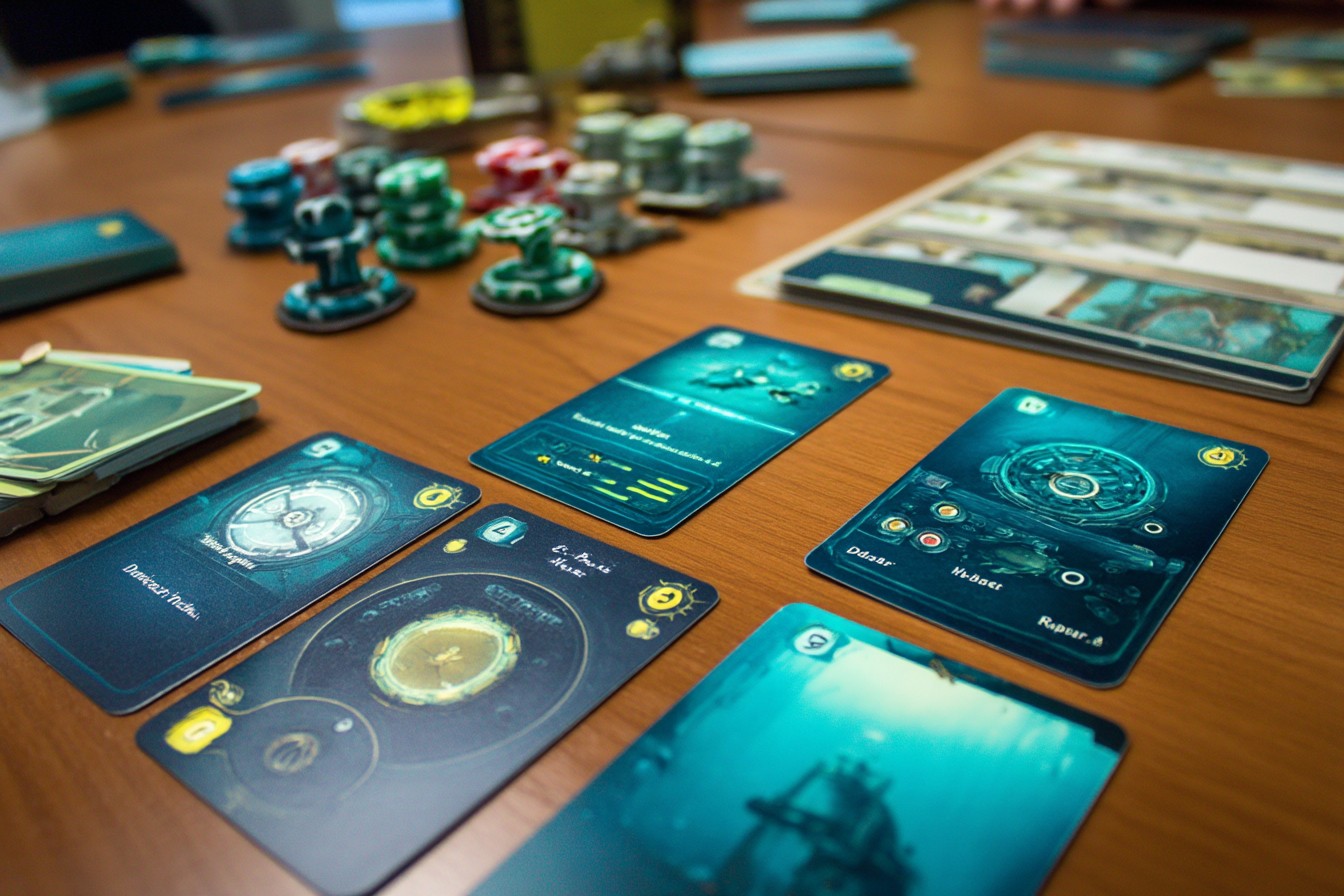
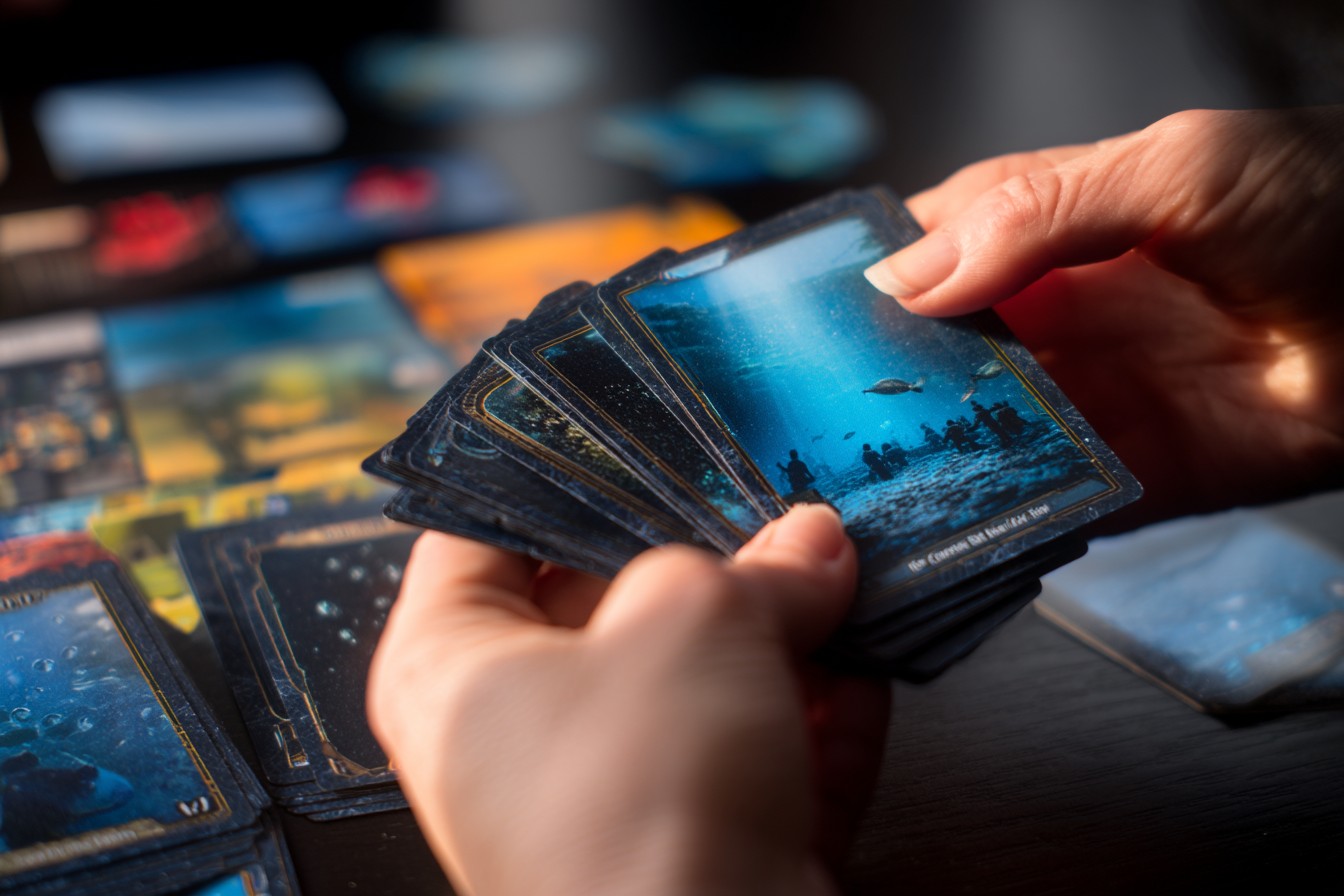
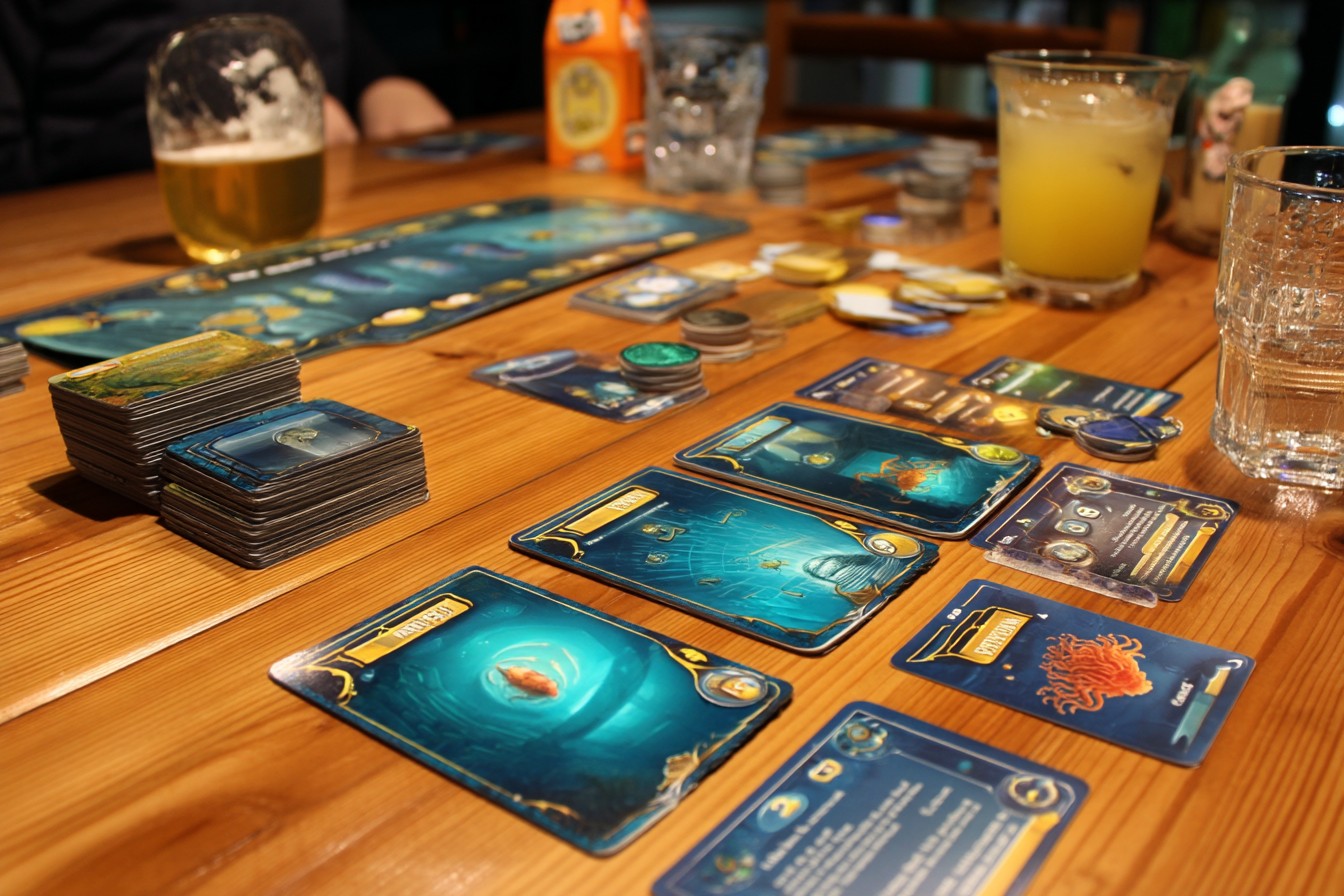
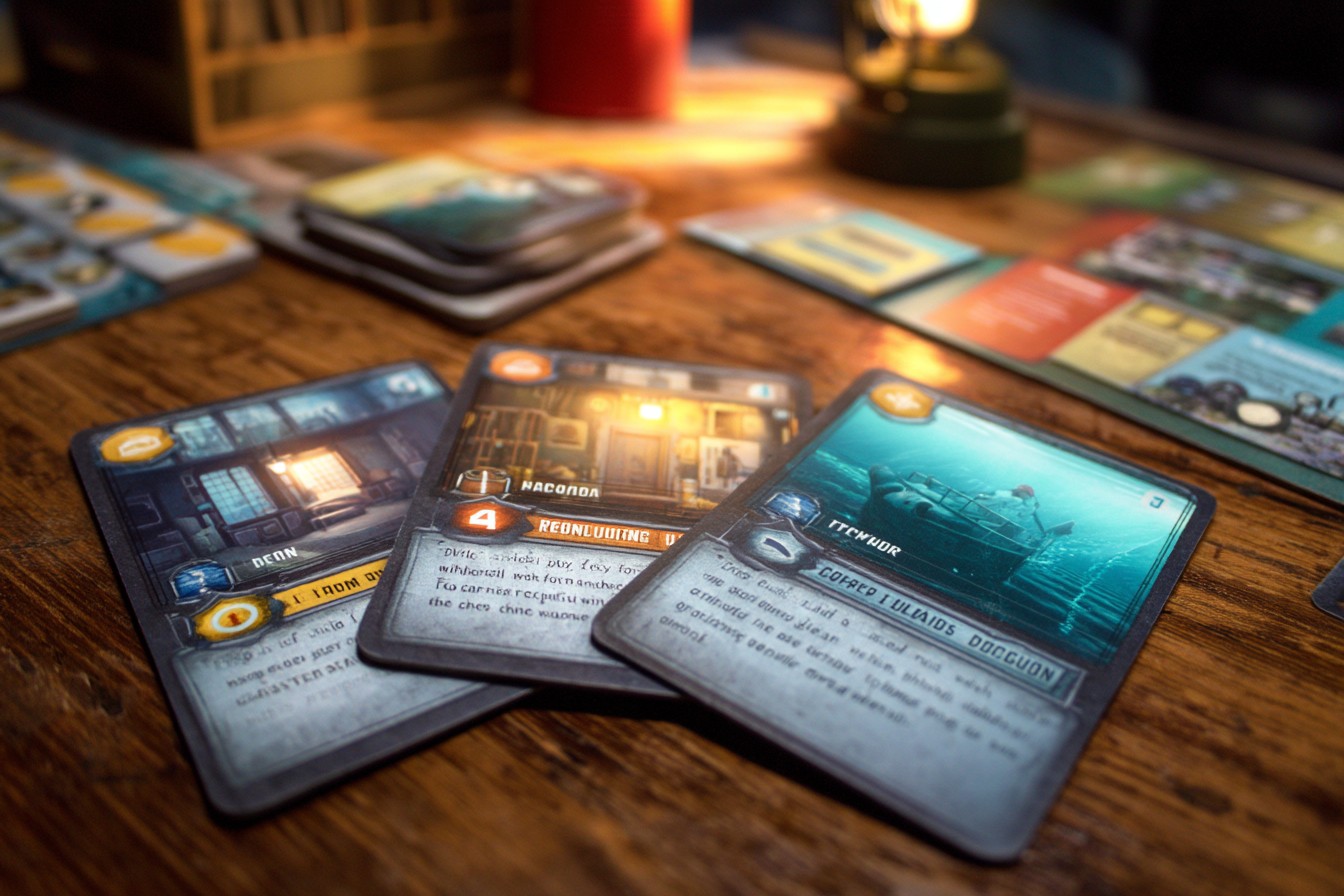
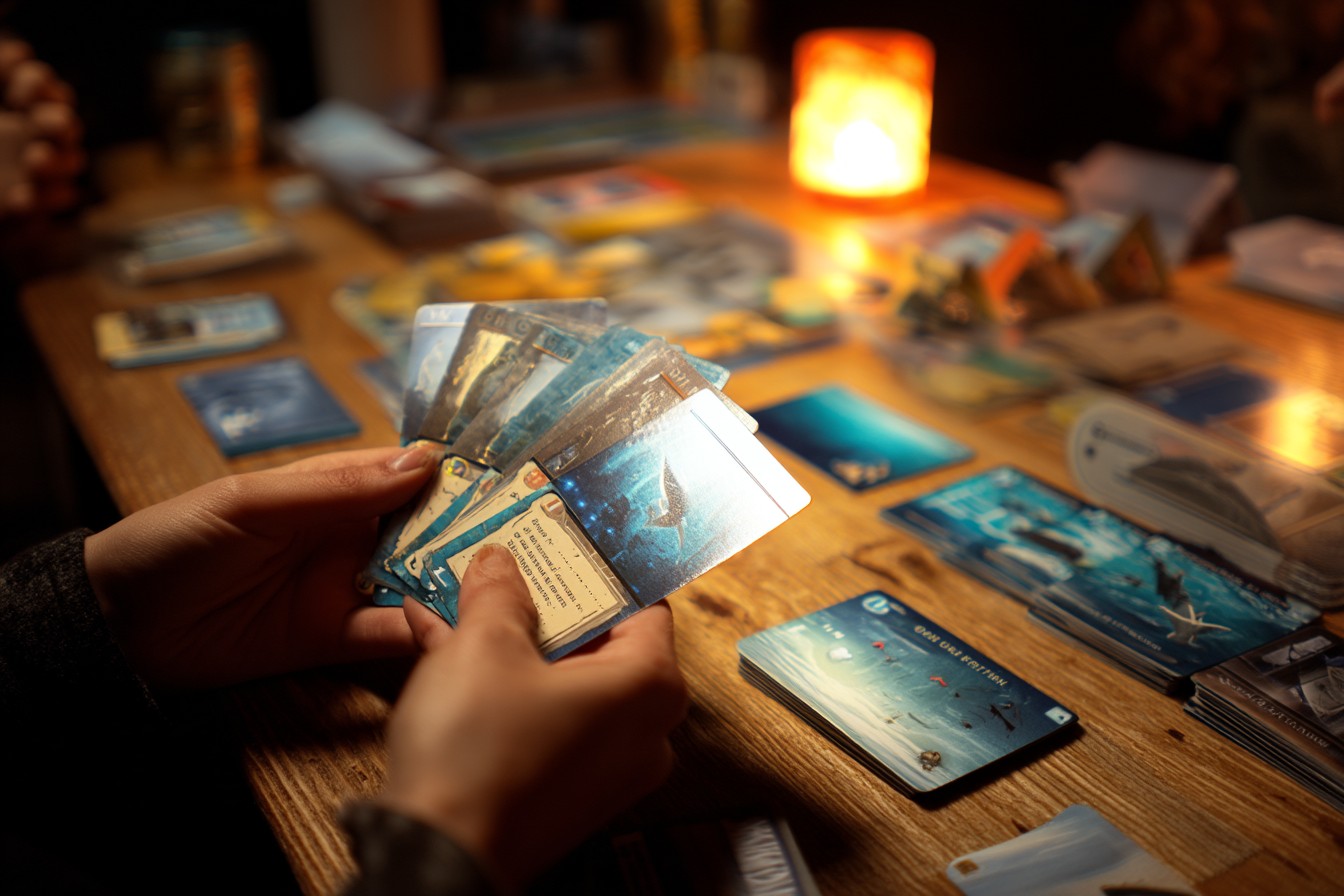
Leave a Reply